The Developmental Basis of Anatomical Diversification
How are skeletal structures built during development and how do embryological processes evolve during the origin of novelties in the history of life? We take a multidisciplinary approach to this problem by looking at how cells build skeletal patterns in fins and limbs. The lab integrates analyses of gene regulation using reporters of diverse species, chromatin accessibility, gene activity and function to understand homologies and novelties in fin and limb evolution, particularly those at the origin of limbs and of appendages themselves.
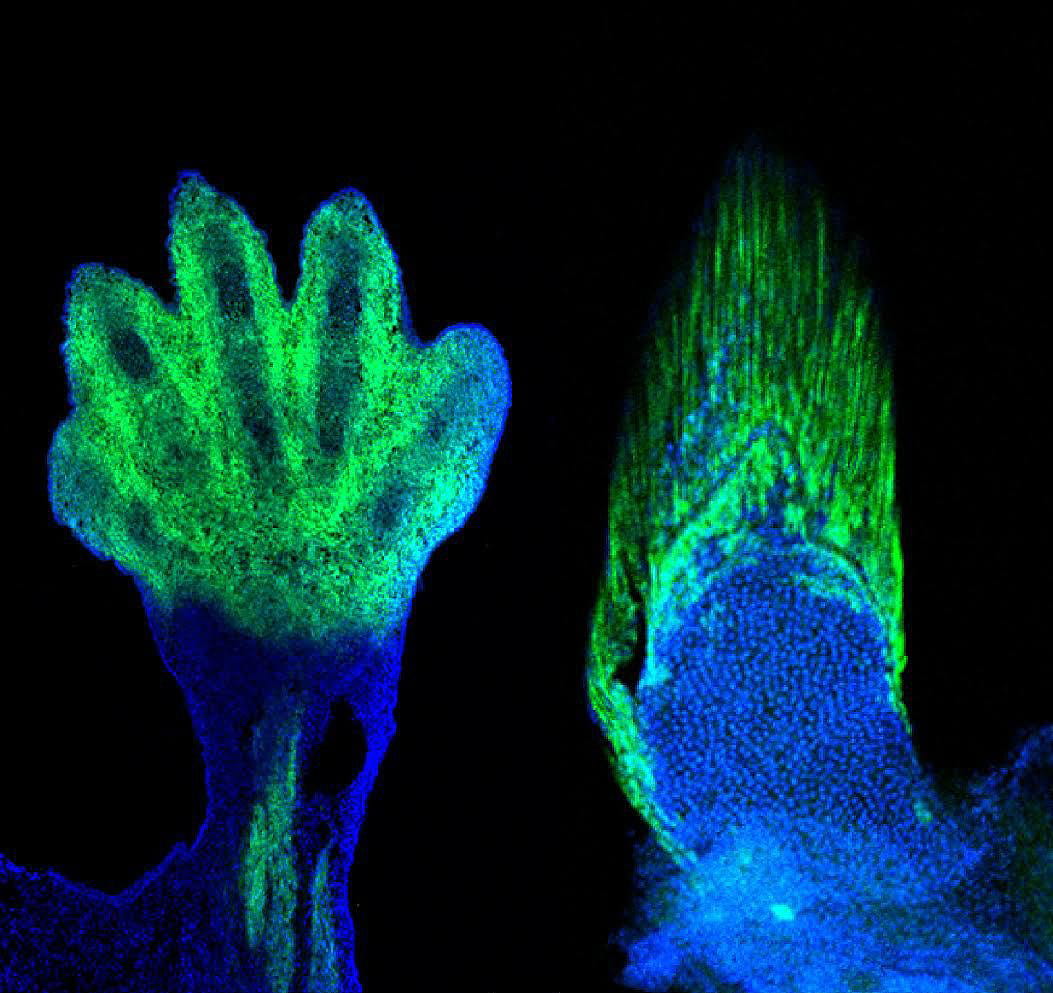
Photo credit: Tetsuya Nakamura, Ph.D
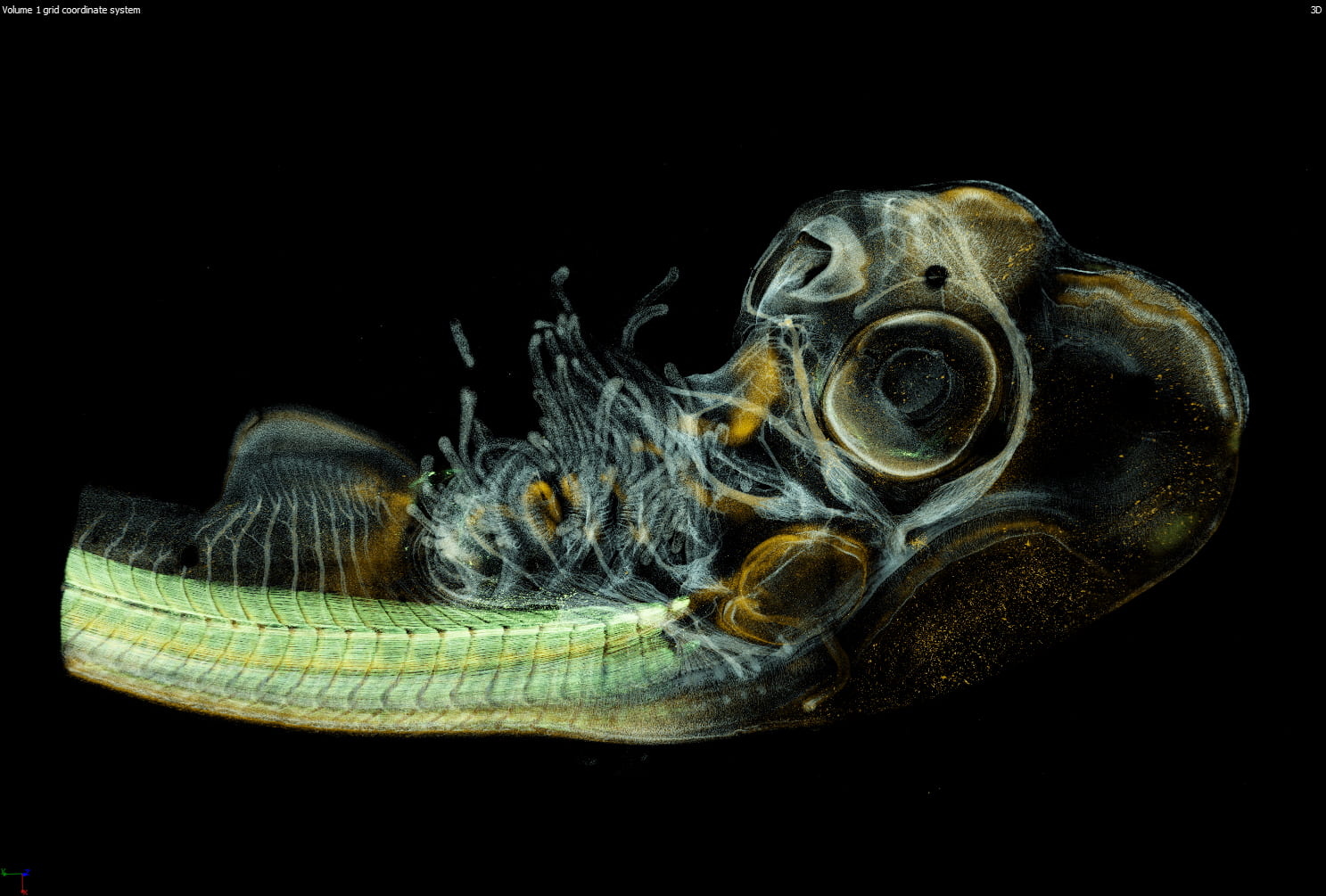
Photo credit: Matteo Fabbri, Ph.D
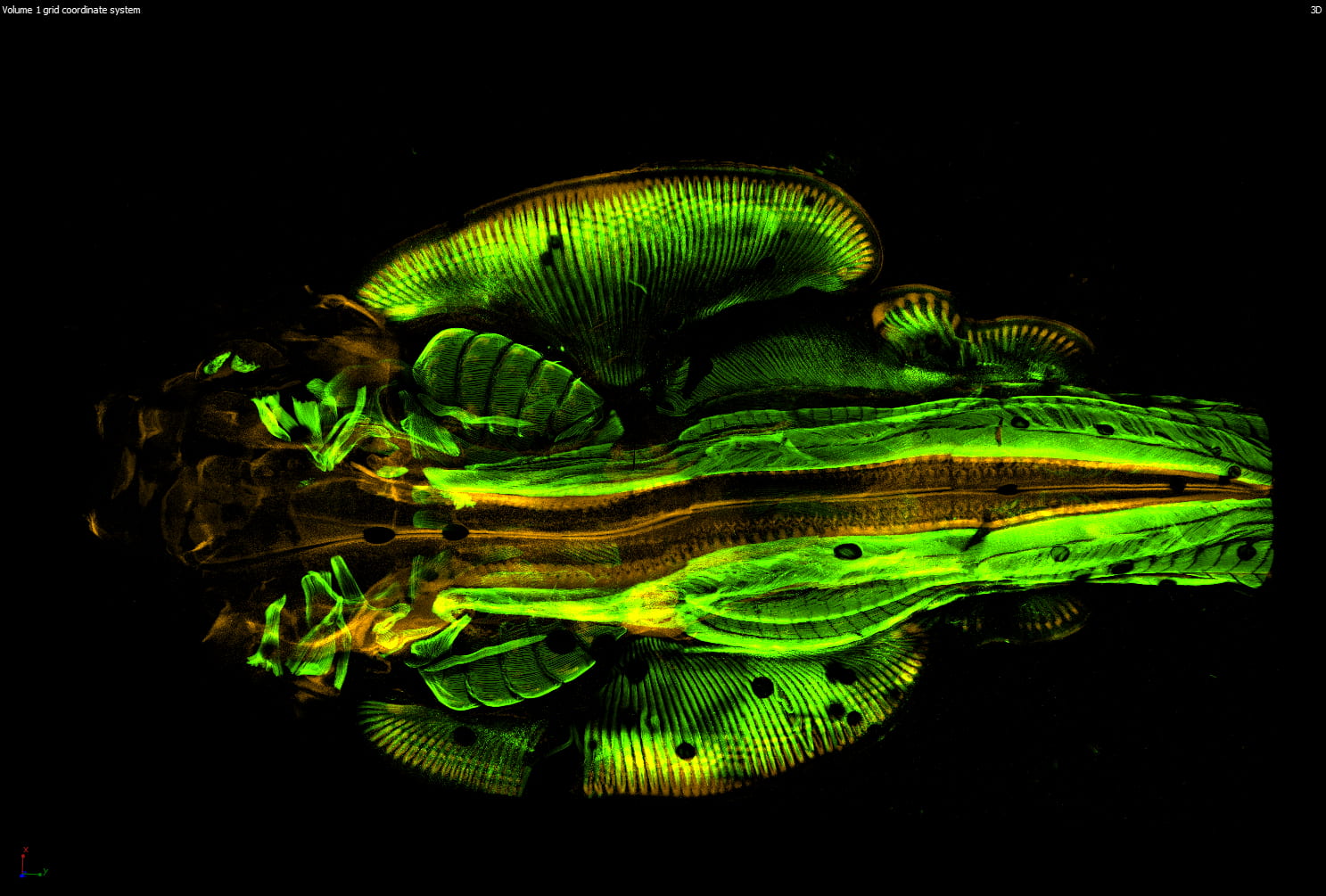
Photo credit: Matteo Fabbri, Ph.D

Photo credit: Tom Stewart, Ph.D

Photo credit: Igor Schneider, Ph.D
The Functional and Phylogenetic Evolution of Skeletons
Using expeditions to all seven continents, including both polar regions, we have uncovered faunas and taxa that reveal how terrestrial ecosystems emerged and how the vertebrate species that lived in the m evolved. Micro-CT scanning, image analysis, phylogenetic analyses, and stratigraphic approaches reveal the dynamics of the evolution of locomotor and feeding systems at the origin of land living vertebrates.
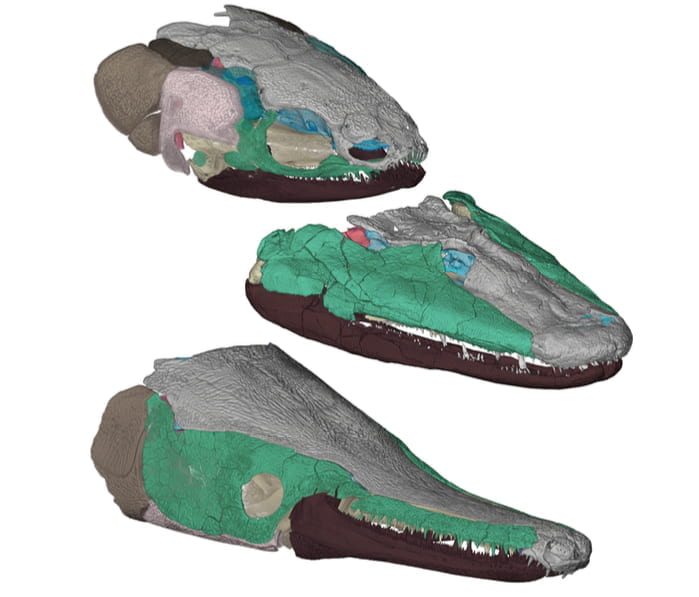
Photo credit: Justin Lemberg, Ph.D

Photo credit: Justin Lemberg, Ph.D
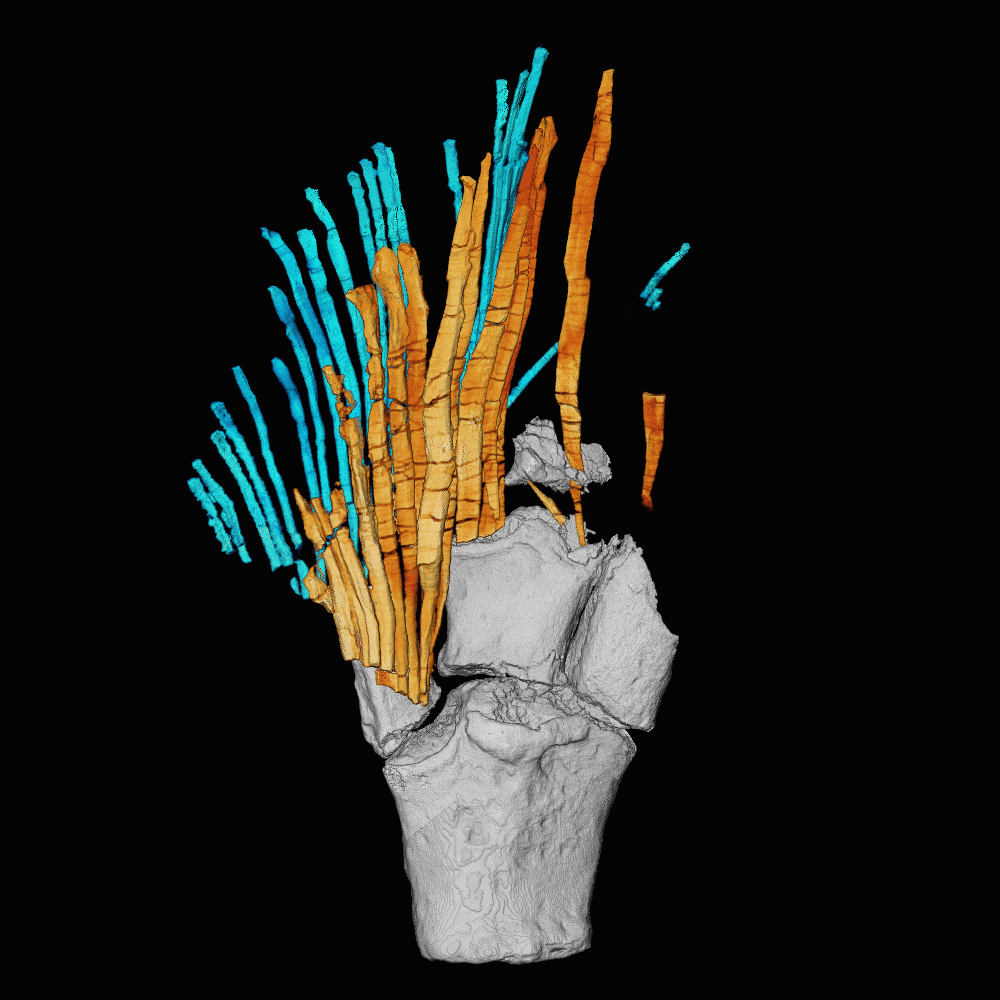
Photo credit: Tom Stewart, Ph.D
